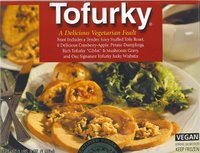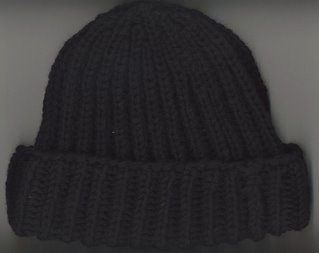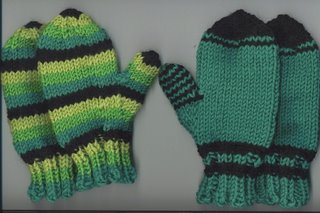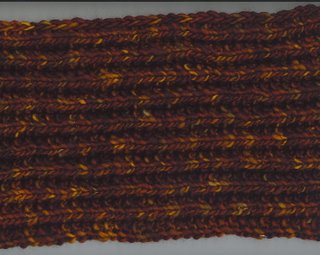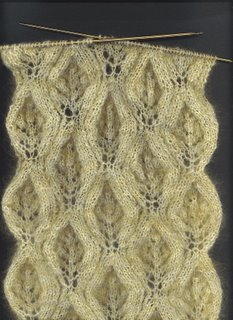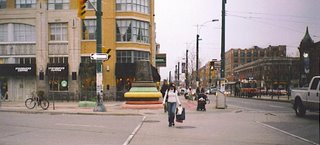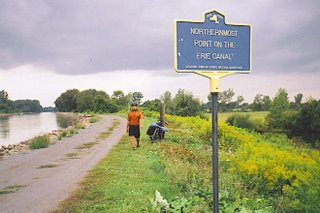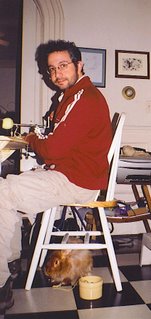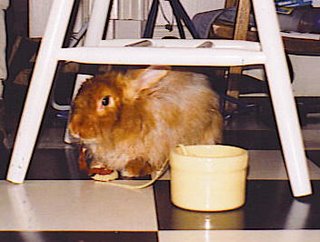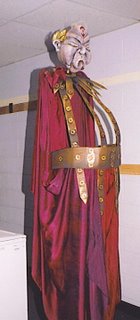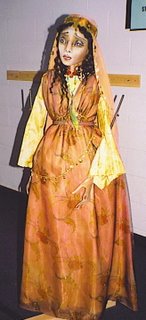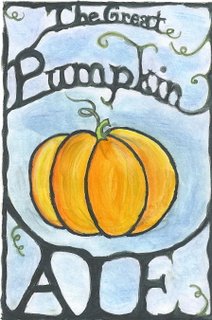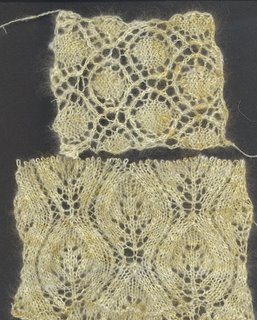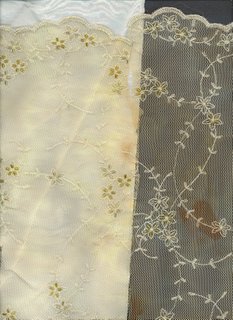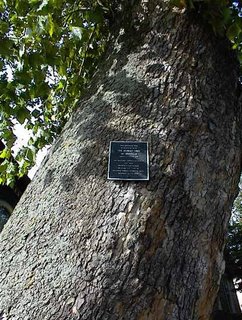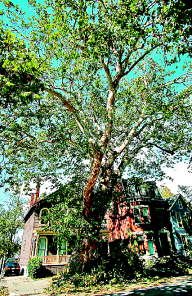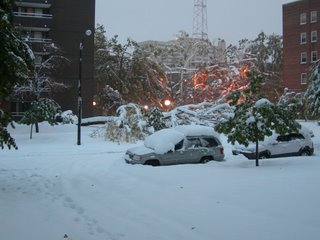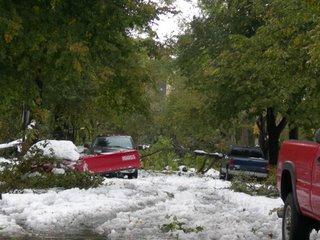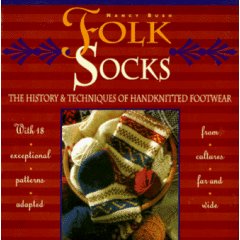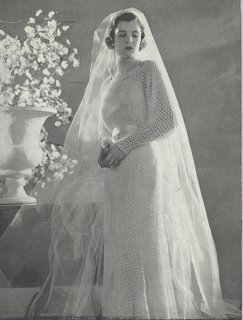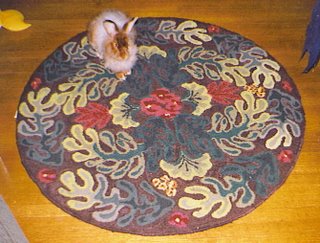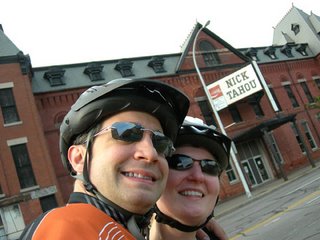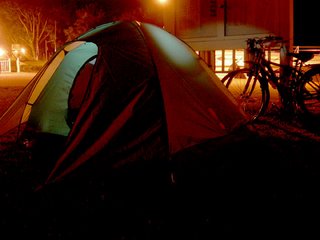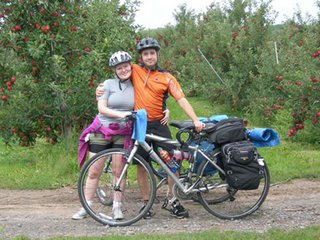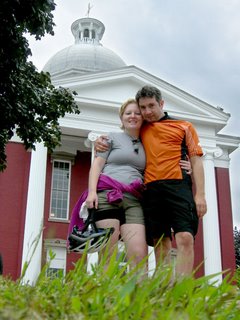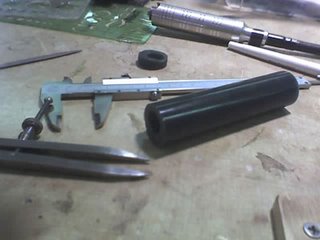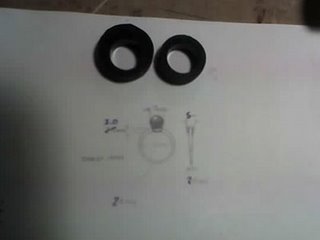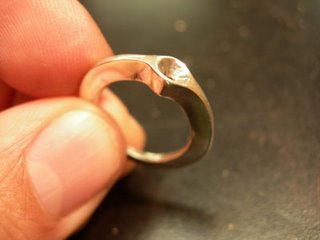- A five gallon batch of beer usually works out to two cases plus up to six extra twelve ounce bottles. For some reason the Pumpkin Ale filled less than two cases, only about 20 24oz bottles instead of 24+. I think that I lost some of the nicest part of my wort by not draining the soggy pumpkin more thoroughly. Next time I will drain the pumpkin for an hour in the colander, then add that to the fermenter, then add the yeast. Yes, more time lapsed before adding the yeast can add to the possibility of contamination, but an hour isn't excessive, and I am good at working under sanitary conditions and avoiding cross contamination, probably because of my fiber dying and my science background. When you learn to cook from a father who's a chemistry teacher, you can't help but think to yourself "never return a re-agent to it's container" and resist putting the little bit of flour you didn't use to flour the cutting board and knead the dough back into the flour canister. But I digress.
- I need to start a new batch with enough of the old batch left to get me through two weeks or so of fermentation and up to two weeks of bottle conditioning before the new batch is ready to drink. I started the new porter when I still had a case or more left of the pumpkin ale. At this point I still have at least 6 24oz bottle of The Great Pumpkin Ale left. That's the equivalent of 2 six packs which would be enough beer for my consumption for at least 2 weeks.
- I have shared or given away a fair amount of homebrew. In fact, since I am finishing my fourth week of unemployment and have spent it going out to eat way too many times with out of town friends, I may be too broke to actually purchase ingredients for hummus or guacamole for the new years party we're going to tonight. Homebrew to the rescue!
So, on to the new brew! I love porters, which are rather hard to find. What better beer to brew than what you can't always buy? I do adore the new "Edmund Fitzgerald Porter" made by the Great Lakes Brewing Company but it's hard to find. They also make one called "Burning Lake" in honor of our own Lake Erie.
My very first one gallon batch of beer was a porter kit, and it was fantastic. It didn't list exact amounts of ingredients provided, or what kind of hops, so I found a recipe which used many of the same ingredients in an effort to come close.
The recipe, which I modified only a little from my recipe book, is for a molasses porter made in honor of a porter made by a Mister Hare of Philadelphia. The actual recipe does not seem to have been preserved, only the letter from George Washington requesting that there be some ready for his visit to that city. So the brewers who wrote the book took the liberty of making their own recipe and naming it in honor of Mister Hare.
I'm getting better at using the graphics programs on my computer, and for the first time have managed to put the computer lettering onto my scanned-in drawing. I swear this took me longer to accomplish than knocking off the Stuart painting with water color pencils at my kitchen table. I have renewed respect for Chris and what he does every day in his job. The help file for the paint program is written with the idea that the user already knows how to use a graphic design program, or may have used an earlier version of this one, so it only tells you what's new for this version. I can't find definitions for any of the terms it takes for granted. I know damn well what a vector is in the real world, but since nothing on my screen is in motion, and there are no x and y coordinates given, and there is no graph present with an arrow on it, and they refuse to give definitions, I have no idea what these fools think a vector is. Can you tell I hate when people in other fields think they can redefine scientific terms to mean what they want them to mean? It all depends who's in charge, you or the word. Don't even get me started on the way people use the word theory in the vernacular. It's completely opposite of its proper scientific definition. This is part of why so much of the American public still can't grasp the fairly simple theory of evolution. Science education in this country is terrible. Don't get me started!
Anyway, take a look at my lovely new beer label. I'm quite proud of it and think it's the best one so far. I have high hopes for the beer behind each label too.
 Marvel especially at the computer generated text right there on the bottom of the picture in the space I left for it.
Marvel especially at the computer generated text right there on the bottom of the picture in the space I left for it. I've started drawing my labels while the wort is in it's initial one hour boil, so it's a good use of that time and I'm busing thinking about beer then anyway. I just have to remember to get up every few minutes and stir. Like the last batch, this batch also boiled over and made a huge mess and had to be split into two pots in order to finish the boil with no further incidents. Apparently my big soup pot is too small even for a partial boil if I use any more than 3 lbs of malt extract. Since that last batch included an entire pumpkin, and this one used twice that amount of extract plus a cup and a half of molasses, not to mention more than a pound of grain before the boil, I have come to the conclusion that my soup pot just ain't gonna cut it. Now I have a big canning pot I use for dying that would be perfect, but making beer in a dye pot is a good way to poison your family. Don't do it! If you do, don't you dare come sue me after you get your stomach pumped. I just told you in writing not to. So there.
Anyway, I checked a few thrift shops for more canning pots (that's where I originally got my dyepot) but there were none to be had. Then I went into Big Lots in kind of a funk after trying on bras (if I get the 34d, I have to make sure I don't accidentally buy a minimizer*, if I get the much easier to find and almost the same size 36c, I have to carefully search the rack to find one that's not a push-up bra. Can someone tell me why there's no inbetween? Why I can't buy a bra that provides support without the intention of changing size?) and there in Big Lots, with a sort of heavenly glow surrounding it, was a 20qrt stock pot for only $9. Now, I sometimes get a little lost in the English system of measure, but I can see that the 20qrt pot is almost twice as tall as my soup pot, and I'm pretty confident that I've calculated 20 qrts to be much bigger than 2 gallons, and therefore perfect for boiling two gallons or so of wort without boiling over. A 20 qrt pot should in fact be a 5 gallon pot if I'm right about the whole "quart" thing actually implying that a quart would be a quarter of a gallon. I'm still not sure about pints. If they're half a quart (which is what I'm pretty sure they are) why can't they be called an eighth? Ok, I've just remembered, in our system eighths are only for measuring pot, not pots, even though if I understand the Arlo Guthrie song correctly, really large quantities of pot are measured in kilos. Maybe because they come from countries that use the metric system? Glad I'm not a drug dealer, this is needlessly complex.
This is also the first time I've reused labeled bottles from previous batches. When I've reused bottles from commercial beer, it's been a real pain to soak off the labels--at least from the American beers. English beer labels come off more easily. Apparently American beer companies use stronger glue on their labels because Americans like to keep their beers ice cold in coolers full of ice at picnics. My homebrew labels came right off within 30 seconds of soaking in warm water and sanitzer because I applied them using a brilliant bit of advice, also from the recipe book--glue them on with milk. I brushed milk on the back of each label with a pastry brush and stuck it on the bottle. It stays on in the case and in the fridge, it comes off with no hassle when it's time to bottle the next batch. Brilliant!
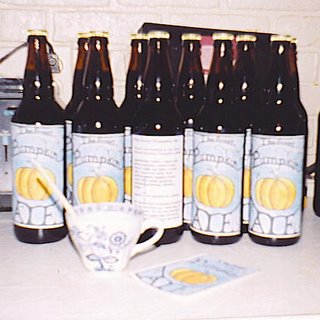 That's what's in the little teacup, milk! I love little tricks like this. It's like when I learned you could spit-splice wool yarn to join a new ball. Brilliant, and less sewing in of ends when it's done.
That's what's in the little teacup, milk! I love little tricks like this. It's like when I learned you could spit-splice wool yarn to join a new ball. Brilliant, and less sewing in of ends when it's done.
There was one problem with the pumpkin ale, which I'd like to mention. The yeast seemed underactive. I didn't feel like the specific gravity was down as far as it should have been when fermentation was over, and even though I bottled over a month ago, the beer never fully carbonated. The first few bottles were hardly carbonated at all, so I put the remaining bottles on my radiator, thinking the process might just be going slowly in my 65 degree apartment. That did help, and I'll probably do it will any batch I brew in cold weather, but while the ale finally tastes right, it still doesn't pour with a head. I'd describe the few larger bubbles on top as looking more like dishwater bubbles. Now I opened one of the porters yesterday even though they were just bottled a few days ago, and it had a head! A nice creamy head with very small bubbles, much like what a Guinness draft has by the time it's been brought to your table. This leads me to believe that the problem with the pumpkin ale might not be temperature, or something wrong in the brewing process, but just a bum batch of yeast. I used a different brand for the porter to test if this was the case, and I think my results confirm that it was. I'll have to look at the bum yeast packet again at the brew store to see if it's meant for higher temperature summer brewing, but I think it may just have been a little old or otherwise flawed. They're living organisms, so of course yeast would vary from batch to batch, and lose quality over time. I may avoid that brand in the future.
I started keeping a beer journal as soon as I began this process, so that I can keep track of things like batches that don't carbonate. It's a good practice so I can look back over old recipes and use the information to improve future ones. I do the same thing with my dying. It's even easier with the dye book because I can keep a sample with the dye formula attached and use it for a launching point if I want to make a similar color later. And of course in both cases I can also keep track of mistakes or less successful outcomes with the hopes of avoiding them in the future.
Since Mr. Hare's Porter is already so well carbonated, I think I'll bring some of both it and The Great Pumpkin Ale to tonight's party. Drink up party goers, and Happy New Beer to all!
*When I spell-checked this entry, "minimizer" wasn't in the dictionary, so blogger suggested that I might have meant to write "moneymaker" instead. Definately changes the meaning.
